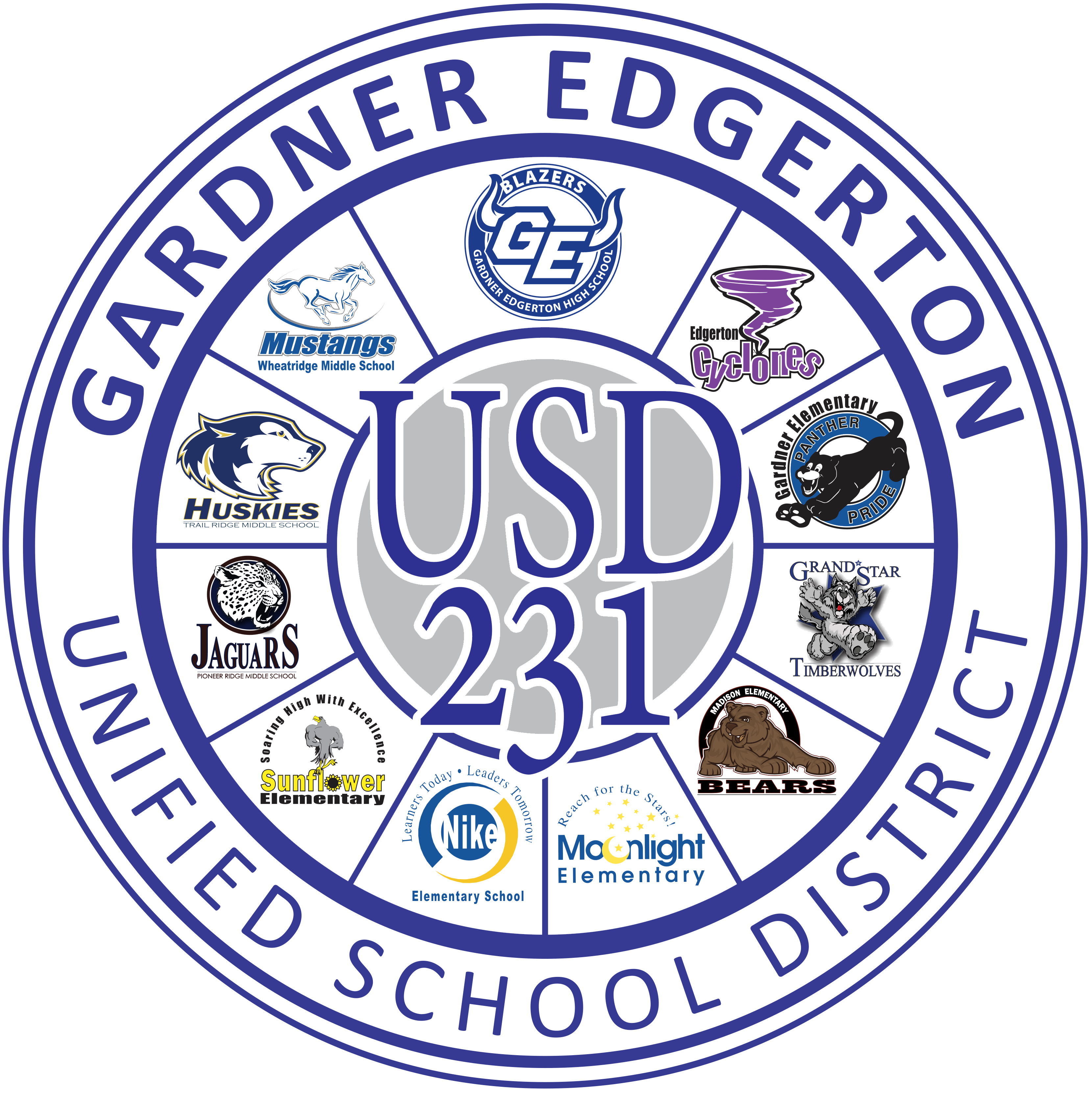TRAILS (18-21 Year Program)
Specialized Program for Adults in Development and Application of Daily Living and Vocational Skills
Located adjacent to Gardner Edgerton High School.
Gardner Edgerton’s TRAILS program provides post-high services to students 18-21 years of age who require individually designed services to prepare to live as adults in their community as independently as possible. Students are eligible for the program due to the incompletion of IEP goals related to daily living and vocational skills. While in the program, students will continue to receive instruction and support in the areas of daily living and vocational skills.
Student Needs: The program supports students who have not mastered IEP goals in independent living, daily living, and/or vocational skills. The IEP team decides post-high transition services eligibility no later than the student’s annual IEP review during the student’s 4th year of high school. IEP teams are encouraged to begin discussion of continued services beginning March of the second semester of the school year of consideration. In addition to the student’s needs and post-secondary goals, reasonable expectations of the young adult’s post-secondary training, employment, and independent living situation should also be considered in determining the amount of services.
Staff: Teachers in the program usually have smaller caseloads to enable them to plan and implement the intensive services for students and to address concerns as they arise. Support staff are specifically trained to support individual student needs, including reinforcement of related service strategies, delegatable health services, and use of adaptive equipment.
Specially Designed Instruction: Certified staff plan individually and use evidence-based practices to instruct on functional and practical independent living, vocational, and social goals. These programs are designed to provide young adult students with what they will need and use in life immediately following their post-high transition services.
Inclusion: Building-based learning activities are both individual and small-group-based. Instruction and skill application are carried out in community sites to the maximum extent possible. These sites include, but are not limited to, work sites, retail sites and stores, libraries, recreation and leisure community sites, adult service providers, and non-profit volunteer sites.
Important Information: Students participating in post-high transition services may participate in a social commencement at their home high school. However, they will not receive their diploma until they meet their IEP goals or exit services by aging out. The diploma will be dated with their exit date, not social commencement participation.
